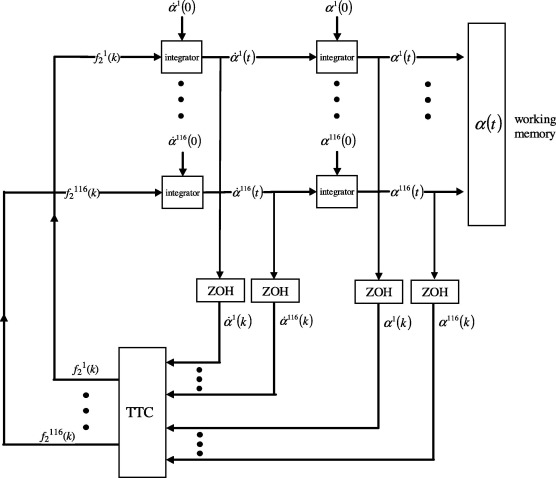Building on his PhD work in neuroengineering and modelling and simulation of human movement control systems, SoftICE member Robin T. Bye has together with researchers Peter D. Neilson and Megan D. Neilson from the Neuroengineering Laboratory at the University of New South Wales, Sydney, co-authored a paper about a Riemannian theory of the entire human body moving in a 3D environment. The paper details a highly mathematical intelligent control engineering approach using Riemannian geometry to develop the intuitive groundwork for a Riemannian field theory of human movement encompassing the entire body moving in gravity and in mechanical interaction with the environment. In particular we present a geodesic synergy hypothesis concerning planning of multi-joint coordinated movements to achieve goals with minimal muscular effort.
The full paper is published in the journal Human Movement Science and can be freely accssed from ScienceDirect.
Citation
Peter D. Neilson, Megan D. Neilson, and Robin T. Bye. A Riemannian Geometry Model of Human Movement: The Geodesic Synergy Hypothesis. Human Movement Science 44: 42–72, 2015.
Selected illustrations


Highlights
- We develop a Riemannian theory of the entire human body moving in a 3D environment.
- The theory addresses nonlinear inertial interactions within the body and externally.
- Geometric concepts are explained intuitively to aid access for non-mathematicians.
- We show how to plan geodesic synergies to achieve task goals with minimum effort.
- We integrate the theory with previous descriptions of response planning and control.
Abstract
Mass-inertia loads on muscles change with posture and with changing mechanical interactions between the body and the environment. The nervous system must anticipate changing mass-inertia loads, especially during fast multi-joint coordinated movements. Riemannian geometry provides a mathematical framework for movement planning that takes these inertial interactions into account. To demonstrate this we introduce the controlled (vs. biomechanical) degrees of freedom of the body as the coordinate system for a configuration space with movements represented as trajectories. This space is not Euclidean. It is endowed at each point with a metric equal to the mass-inertia matrix of the body in that configuration. This warps the space to become Riemannian with curvature at each point determined by the differentials of the mass-inertia at that point. This curvature takes nonlinear mass-inertia interactions into account with lengths, velocities, accelerations and directions of movement trajectories all differing from those in Euclidean space. For newcomers to Riemannian geometry we develop the intuitive groundwork for a Riemannian field theory of human movement encompassing the entire body moving in gravity and in mechanical interaction with the environment. In particular we present a geodesic synergy hypothesis concerning planning of multi-joint coordinated movements to achieve goals with minimal muscular effort.